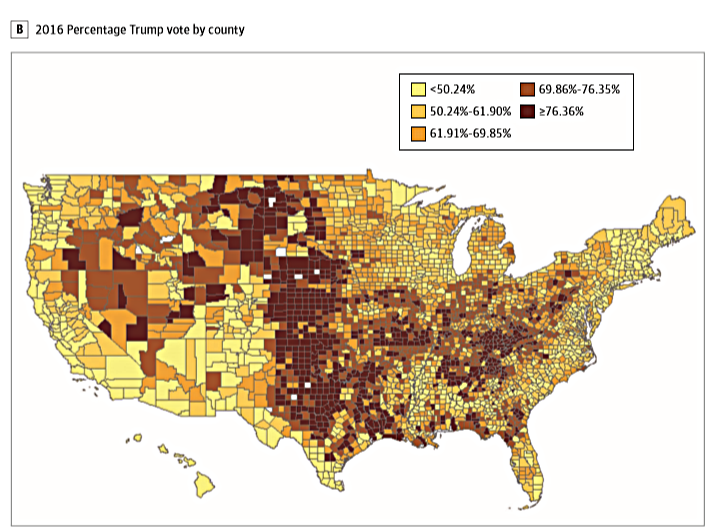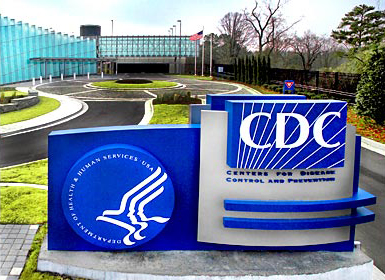Suspension of Dr. Ibsen's Medical License Reversed
/By Pat Anson, Editor
A Montana district court judge has reversed the suspension of Dr. Mark Ibsen's medical license, ruling that the state medical board made numerous errors when it suspended Ibsen’s license in 2016 for allegedly overprescribing pain medication.
Judge James Reynolds said the Montana Medical Board violated Ibsen’s right to due process by failing to allow expert witnesses to testify in his defense during board hearings. The board also rejected the findings of its own hearing examiner, who said Ibsen’s standard of patient care was sufficient.
“It is analogous to the selection of a jury in a civil case and then when the verdict comes in against a party, that party asking for the selection of another jury. Except in this case, it is even more striking because it is the agency who selected the hearing examiner,” Judge Reynolds ruled.
“They screwed up,” Ibsen attorney John Doubek told the Independent Record. “I think it’s a pretty sharp rebuke to a decision that was totally off-base.
“The sad thing is my client has been under their thumb now for two years. He can’t move his practice because he has this black mark against his reputation and against his license, so he’s been unable to practice medicine and this guy is a good doctor.”
DR. MARK IBSEN
Ibsen first came under investigation in 2013, when he was accused of over-prescribing opioid medication by a disgruntled former employee at his Helena medical clinic.
“I’m a little stunned that it happened,” Ibsen said of the judge’s decision. “I’m mostly angry. It could have been resolved in 10 minutes, instead of five years.”
Although the suspension of Ibsen’s license was stayed while he appealed the board’s ruling, his professional reputation was so damaged that pharmacists refused to fill his prescriptions and he was forced to close his clinic. Ibsen’s former patients also suffered. He says three committed suicide (including the recent death of Jennifer Adams) and three others died of causes likely related to the stress of their pain not being treated. Montana has the highest suicide rate in the country.
Ibsen told PNN that Montana has become a virtual “wasteland” for pain care, because many of the state’s doctors fear being prosecuted or losing their licenses for prescribing opioids. Several of Ibsen's patients were former patients of Dr. Chris Christensen, a Ravalli county physician convicted of negligent homicide after two of his patients died from overdoses.
“There was a clear time there I was crying for help. I was just inundated by these pain patients that my colleagues weren’t dealing with. And I was just sort of shocked at the cruelty of the way I was treated and the cruelty of the way pain patients were being treated,” he said. “I’ve got a lot of compassion for people who don’t feel like they belong in the medical model. I’ve been shunned. They’ve been shunned.”
And after five years of legal battles, the only drug Ibsen will prescribe now is medical marijuana.
“It terrifies me to consider opening up a clinic again. They might come after me,” Ibsen said. “Things could change, but I have nothing in the on-deck circle. I don’t have anything planned. It was just not good for me to plan anything.”

























